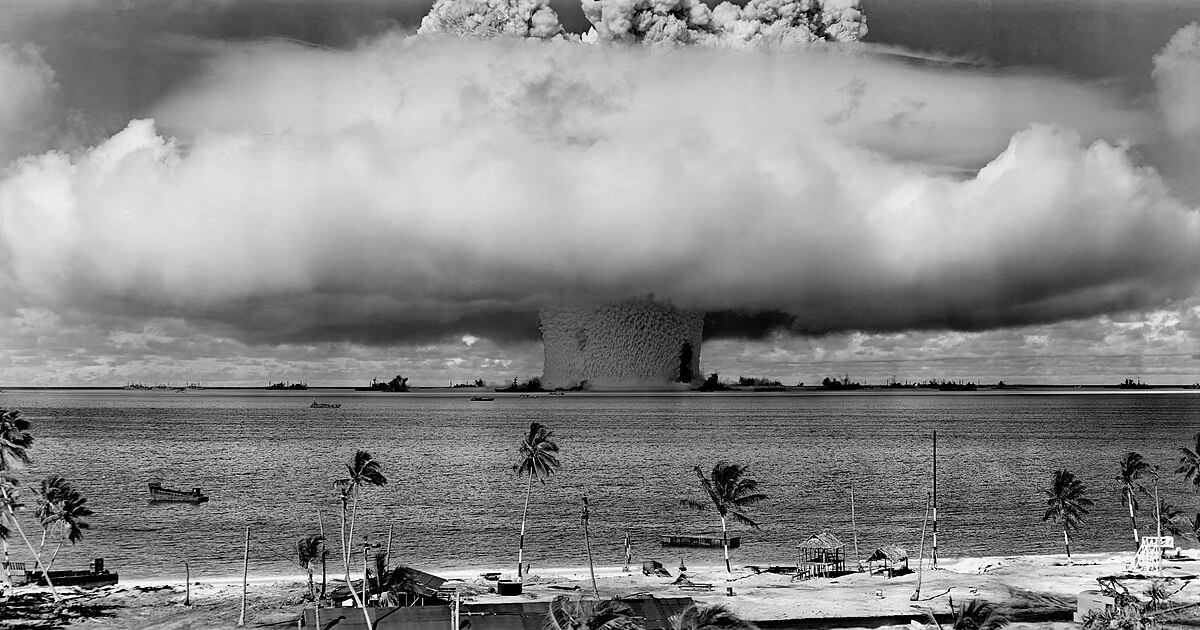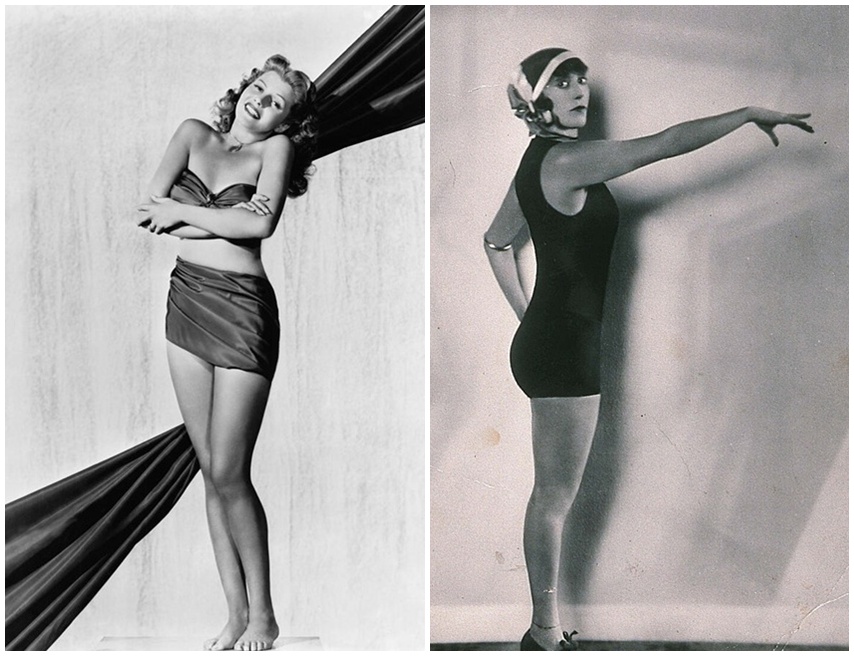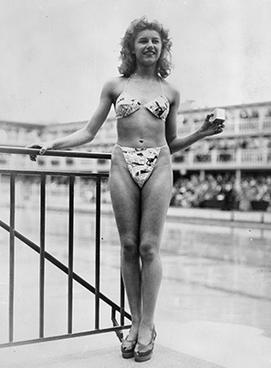On July 1, 1946, a powerful nuclear explosion shook the Bikini Atoll in the Marshall Islands. It was part of a series of tests done by the U.S. military in that area, just as the Cold War arms race started to gain steam.

However, this was not the only explosive event that happened that month. Five days later and thousands of miles away from the Pacific Ocean, the world was no less rattled by a different kind of “bombshell” — the introduction of a scant two-piece bathing suit in a Paris fashion show.
Although two-piece swimsuits were around during the 1940s, popularized by Hollywood stars such as Rita Hayworth and Lana Turner, the version presented on July 5, 1946, was far more scandalous. Like the atomic bomb testing site, the new design was named “le bikini,” alluding to the nuclear impact it had.

Women’s beach attire has long been a source of controversy. In the early 20th century, when Australian swimmer Annette Kellerman popularized her one-piece swimsuit that bared her thighs, cities across the U.S. banned the outfit, claiming it was too revealing to be worn by respectable women. By the 1920s, municipalities’ obsession with what they saw as the abandonment of morals caused police officers armed with a measuring tape to arrest and fine offenders for whom the distance between their knees and their swimsuit hemline did not comply with regulations.

If the exposed hips of the Kellerman suit challenged the norms of propriety, the bikini smashed all trace of them.
More than its minimalist dimensions, the bikini revealed the navel, which at the time was considered a private part of the body, not to be shown in public. The bikini was so outrageous that even the French models — who were not known for their sense of modesty — refused to wear it, and the designer, Louis Réard, had to turn to the nude dancer Micheline Bernardini, the only one who agreed to showcase it.
From its debut, the bikini attracted international attention. Pictures of Bernardini circulated around the world, amplifying the notorious reputation of the design and its association with the atomic bomb. When in 1953, the then-18-year-old French actress Brigitte Bardot was photographed wearing the bikini during the Cannes Film Festival, the bikini’s sex appeal was finally solidified. Starring as Manina in Willy Rozier’s 1952 film The Girl in the Bikini, Bardot and the bikini became a symbol for a new type of femininity, one that was much more sexual than in previous decades.